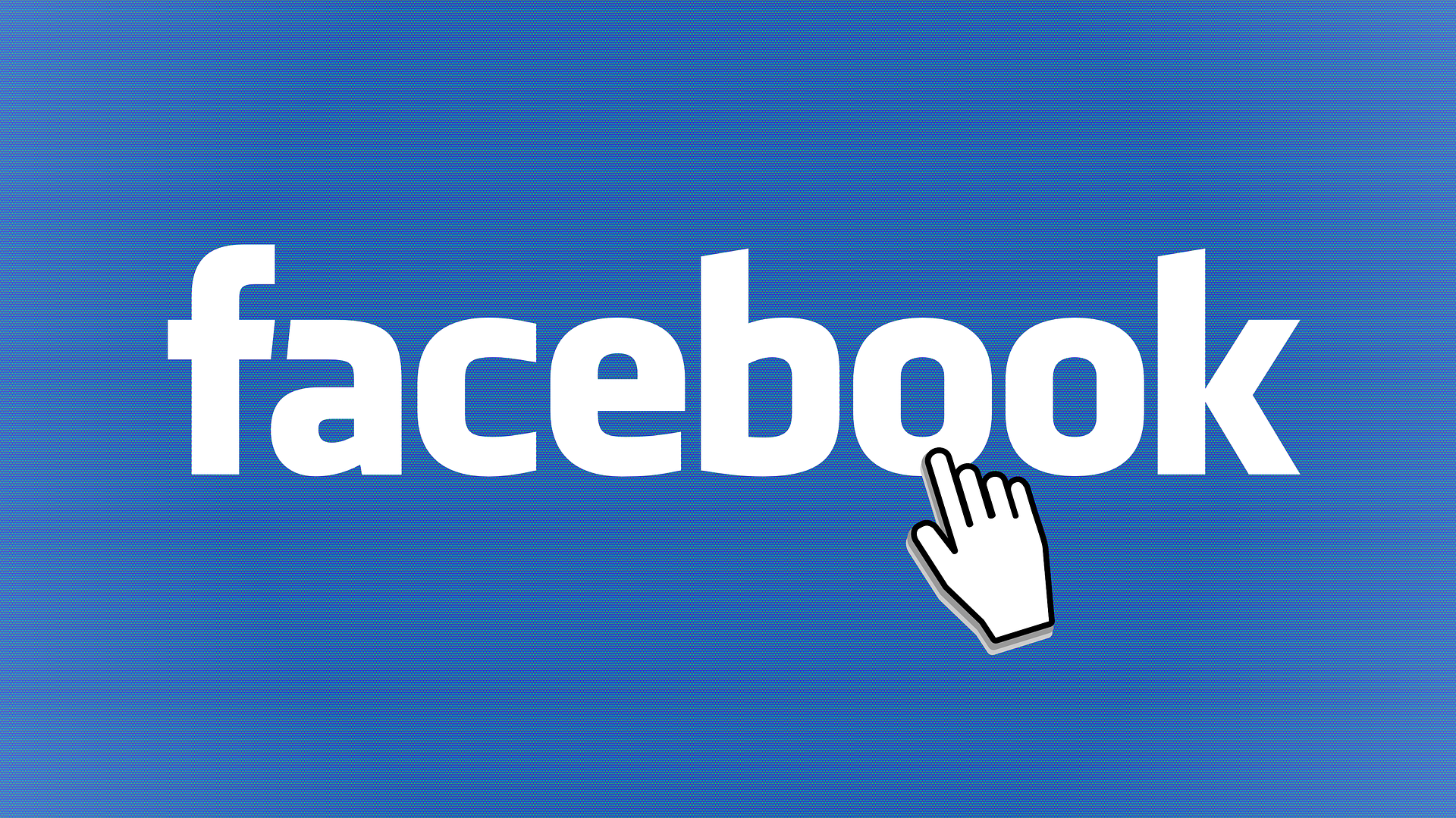Sign up for The Media Today, CJR’s daily newsletter.
Interactions on some local publishers’ Facebook posts are down by as much as 56 percent compared to the two years prior, despite an algorithm change that Mark Zuckerberg says was deliberately designed to promote news from local sources on the platform.
Analysis by the Tow Center finds that 11 out of 13 regional metros averaged fewer interactions per post in the nine weeks following the pro-local algorithm change than in the two years before.
TRENDING: Lawyer behind Hannity revelation at Cohen hearing speaks
Facebook, it appears, is already missing the mark on one of its central goals for 2018: giving local news a shot in the arm, at least when judged by its own measure of success, “meaningful interactions.”
Facebook announced its first major algorithm change of 2018 on January 12 as one designed to show “less public content, including videos and other posts from publishers or businesses” in favor of posts from friends and family. This was an ominous shift for publishers. Central to this change was a move to “prioritize posts that spark conversations and meaningful interactions,” where “meaningful” meant posts that generate a lot of comments, shares, and reactions.
A little over two weeks later, on January 29, the platform made an additional intervention, announcing immediate changes to amplify the visibility of local publishers. Mark Zuckerberg posted on his personal Facebook page, writing, “Our next update on our 2018 focus to make sure Facebook isn’t just fun but also good for your well-being and for society… Today our next update is to promote news from local sources.”
Zuckerberg continued:
People consistently tell us they want to see more local news on Facebook. Local news helps us understand the issues that matter in our communities and affect our lives. Research suggests that reading local news is directly correlated with civic engagement…
Starting today, we’re going to show more stories from news sources in your local town or city. If you follow a local publisher or if someone shares a local story, it may show up higher in News Feed…
Local news helps build community—both on and offline. It’s an important part of making sure the time we all spend on Facebook is valuable.
If, as Zuckerberg’s explanation suggests, one of the intended outcomes of this algorithm update was to build community by prioritizing local news, it has not increased “meaningful interactions” for local publishers. In fact, engagement on many local publishers’ pages has declined since the algorithm change.
NOTE ON METHODOLOGY: The 13 outlets used in this study were chosen because they participate in Facebook’s Local News Subscriptions Accelerator, announced in February 2018. Data was collected from CrowdTangle (the monitoring tool now owned by Facebook) on Tuesday, April 3, 2018. It covers the period between January 1, 2016 and April 1, 2018. The latter date was chosen because it marks nine weeks since Zuckerberg’s announcement about shifting the News Feed algorithm to favor local news. Interactions were calculated by summing reactions (likes, hahas, etc.), shares, and comments for each post. This research does not assess the success of the Local News Accelerator, which Facebook announced in February to help news organizations gain subscriptions.
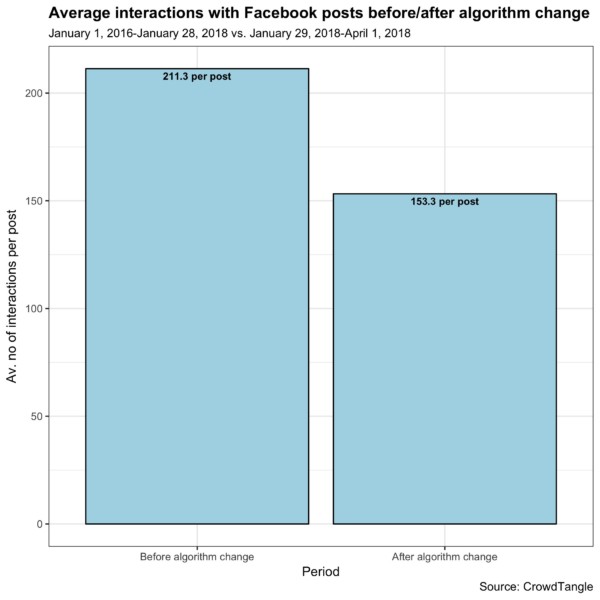
Pete Brown/Tow Center
Data gathered about the 13 local publishers shows that the average number of interactions with Facebook posts since the local-friendly algorithm change is 27 percent lower than it was in the preceding two years (January 1, 2016 through January 28, 2018).
Posts from these local publishers each averaged 211 interactions in the two years before the algorithm change. In the nine weeks since, that figure has fallen to 153.
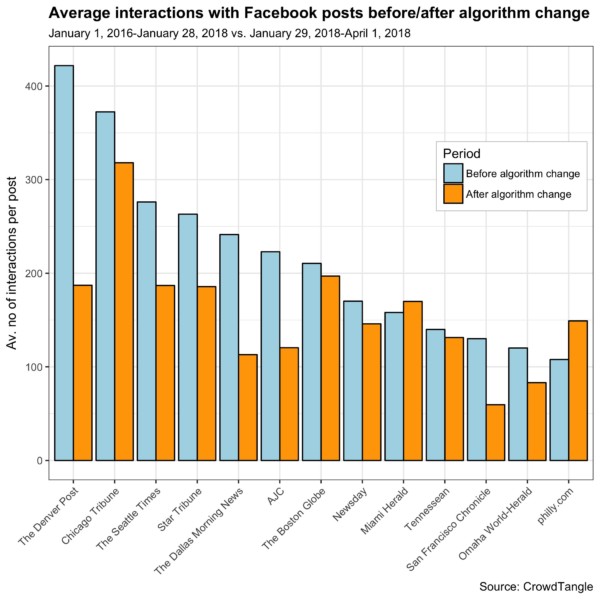
Pete Brown/Tow Center
For 11 of the 13 outlets, the average number of interactions on Facebook posts was lower than in the two years prior to the late January algorithm change.
Three outlets saw average interactions fall by over 50 percent—The Dallas Morning News, The Denver Post, and the San Francisco Chronicle. A fourth, The Atlanta Journal-Constitution, was not far behind, with average interactions down by 46 percent.
ICYMI: A pretty bad typo in the LA Times
At the lower end of the scale, The Tennessean and The Boston Globe saw a decline in average interactions nearer to 6 percent.
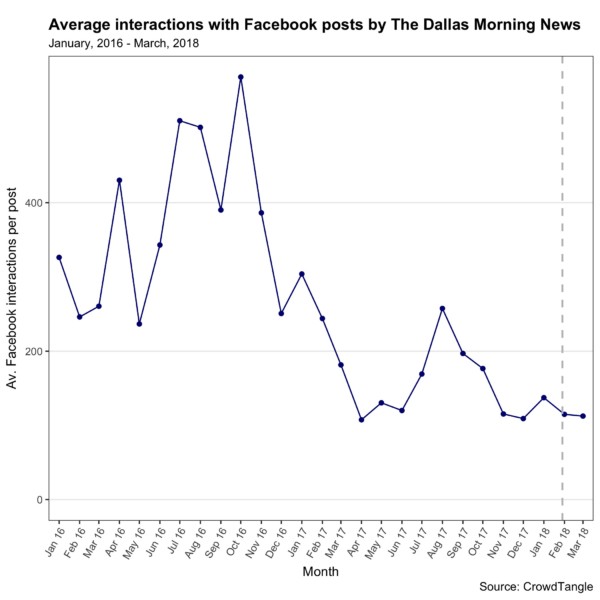
Pete Brown/Tow Center
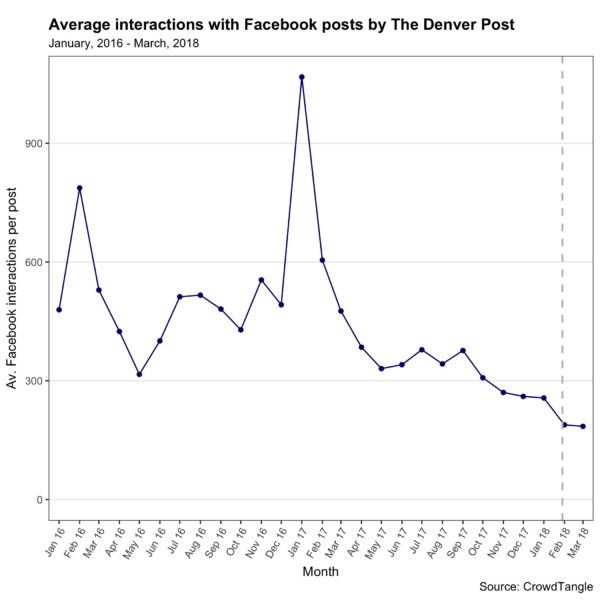
Pete Brown/Tow Center
A couple local outlets have seen increases in interactions since the pro-local news algorithm change. Average interactions on posts by The Miami Herald increased by 7 percent. The biggest outlier in this sample is Philly.com, whose average interactions rocketed by 38 percent; however, this was partly driven by extraordinary levels of interaction with posts about the Eagles’ Super Bowl win. In February, 53 posts containing “Super Bowl” or “Eagles” received over 1,000 interactions. A map showing the route of the team’s victory parade achieved around 8,800.
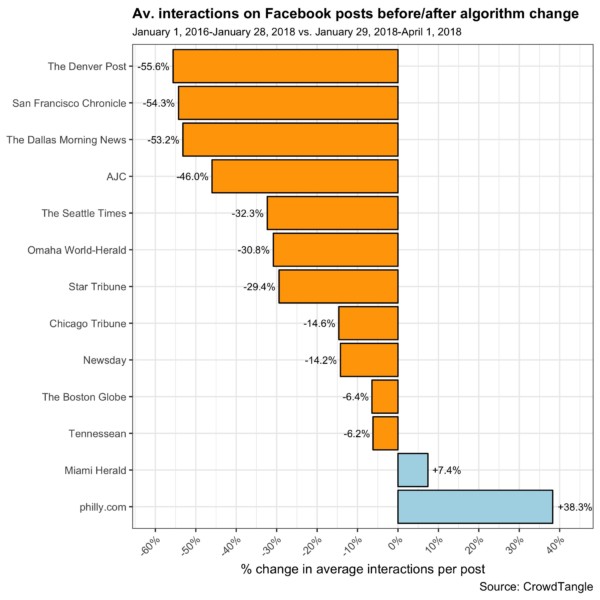
Pete Brown/Tow Center
It’s worth noting, however, that these average declines have not occurred overnight. Many outlets’ interaction figures appear to have followed a downward trajectory since late 2016 or early 2017. Examples of this pattern are particularly evident at outlets such as The Denver Post, the Omaha World-Herald, and The Seattle Times.
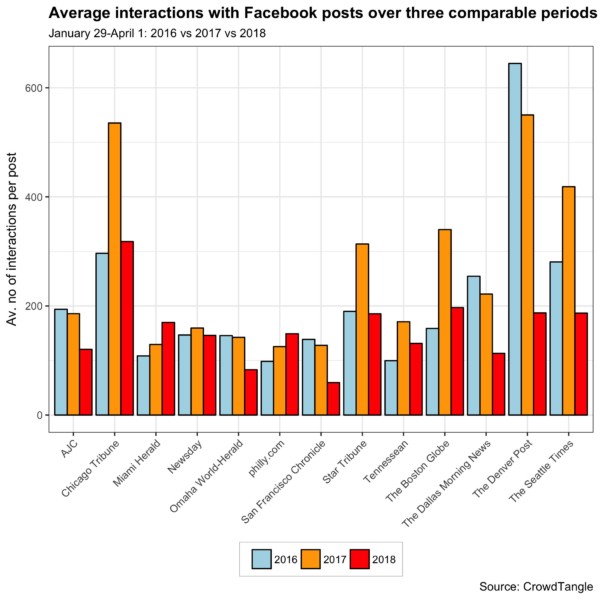
Pete Brown/Tow Center
Even in cases where average interactions have shown signs of picking up in recent months, they are typically far below the higher levels seen in previous months, with much of the data finding them a long way short of the heyday of late 2016 to early 2017.
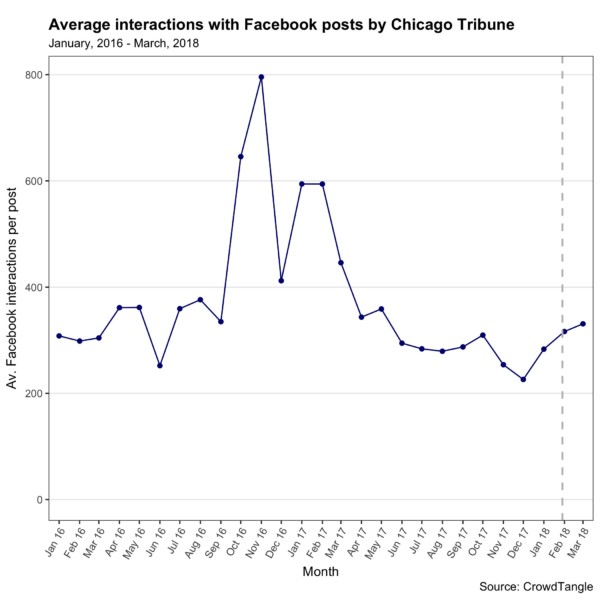
Pete Brown/Tow Center
Facebook has claimed to be interested in supporting local news for some time, calling it “the starting place for great journalism” ahead of last year’s “News on Facebook” roadshow, during which Facebook News Partnerships manager, Dorrine Mendoza, told the audience, “We have not been doing a great job at listening to local journalists and local newsrooms, but we’re recommitted to doing that.”
All of the publishers included in this case study are taking part in the Facebook Journalism Project’s Local News Subscriptions Accelerator program, a $3 million initiative announced in February.
Of this latest initiative, Campbell Brown asserted that it “is a part of our ongoing efforts to… ensure our platform connects people to the quality, trusted and local news that is most important to them.”
Our data suggests that Facebook hasn’t made headway in achieving this goal. As the first major algorithm change of 2018 made clear, there is a company-wide drive to make time spent on the platform more “meaningful.” Thereafter, Zuckerberg’s post announcing the pro-local update talked of building community and emphasized Facebook’s role in facilitating civic engagement. Given the decline of “meaningful interactions” on many local news outlets’ posts, is this another area where the platform is failing at what Zuckerberg himself identified as “an important part of making sure the time we all spend on Facebook is valuable”?
ICYMI: The Facebook Armageddon
Has America ever needed a media defender more than now? Help us by joining CJR today.



